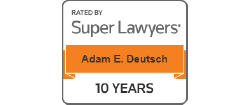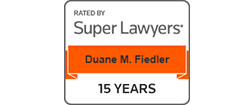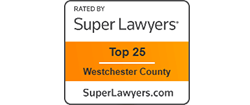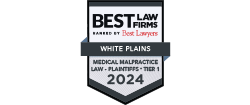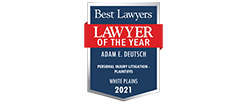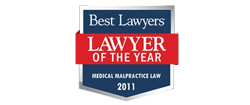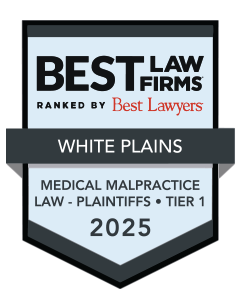T-intersections are a common sight on New York roadways, where one road intersects another to form a “T” shape. These intersections present unique challenges for drivers, particularly when it comes to determining who has the right of way.
Right of Way at T-Intersections in New York
In general, vehicles approaching a T-intersection must yield to vehicles already on the through road. This means that drivers approaching the dead-end, or the “bottom” of the T, must yield to vehicles traveling on the through road, or the “stem” of the T. However, if a vehicle is already traveling through the intersection, the other driver must yield the right-of-way.
Additionally, when drivers approach a T-intersection at the same time when traveling from opposite directions, the vehicle turning left must yield to the vehicle going straight or turning right.
Right of Way at Controlled T-Intersections
At some T-intersections, stop signs or yield signs may be present to regulate the flow of traffic and clarify right of way. When approaching a T-intersection with stop signs, the driver to the right has the right of way. Similarly, at T-intersections with yield signs, drivers on the terminating road must yield to vehicles on the through road but may proceed without stopping if it is safe to do so.
Pedestrians and Cyclists
Right of way rules at T-intersections in New York also apply to pedestrians and cyclists. Pedestrians crossing at marked crosswalks or intersections have the right of way, and drivers must yield to them. Additionally, cyclists traveling on the through road at a T-intersection have the right of way over vehicles on the dead-end road.
Who is Responsible for a Right of Way Accident at a T-Intersection in New York?
In general, the driver who fails to yield the right of way and causes the accident is responsible for the collision. New York follows a pure comparative negligence system, which means that fault for an accident can be apportioned among multiple parties based on their degree of negligence.
If one driver clearly had the right of way at the T-intersection and the other driver failed to yield, the driver who failed to yield is likely to be held primarily responsible for the accident.
However, there may be situations where both drivers share some degree of fault for the accident. For example, if one driver fails to yield the right of way, but the other driver was speeding or otherwise engaged in dangerous behavior, both drivers may be found partially responsible for the collision.
No-Fault Insurance
In New York, car insurance operates on a no-fault basis, meaning individuals injured in car accidents can seek compensation for medical expenses, lost wages, and other economic losses from their own insurance company, regardless of who caused the accident.
This system aims to streamline the claims process and ensure that injured parties receive prompt compensation for their injuries.
However, there is an exception that allows you to file a personal injury claim against the at-fault driver if your injuries meet the state’s “serious injury” threshold.
The threshold is considered met if you suffer the permanent loss of a bodily organ, permanent loss of a bodily function or system, a temporary disability lasting longer than 90 days, loss of a fetus, disfigurement, dismemberment, or death.
Speak to A White Plains Car Accident Lawyer Today
Navigating T-intersection accident claims can be complex. Arrange a free consultation with a knowledgeable White Plains car accident lawyer or Westchester car accident attorney from Fiedler Deutsch, LLP, as we can help you understand your rights and legal options.
 Because Relationships Matter
Because Relationships Matter 